Laurence Sturla
Went to Country
PNI, London
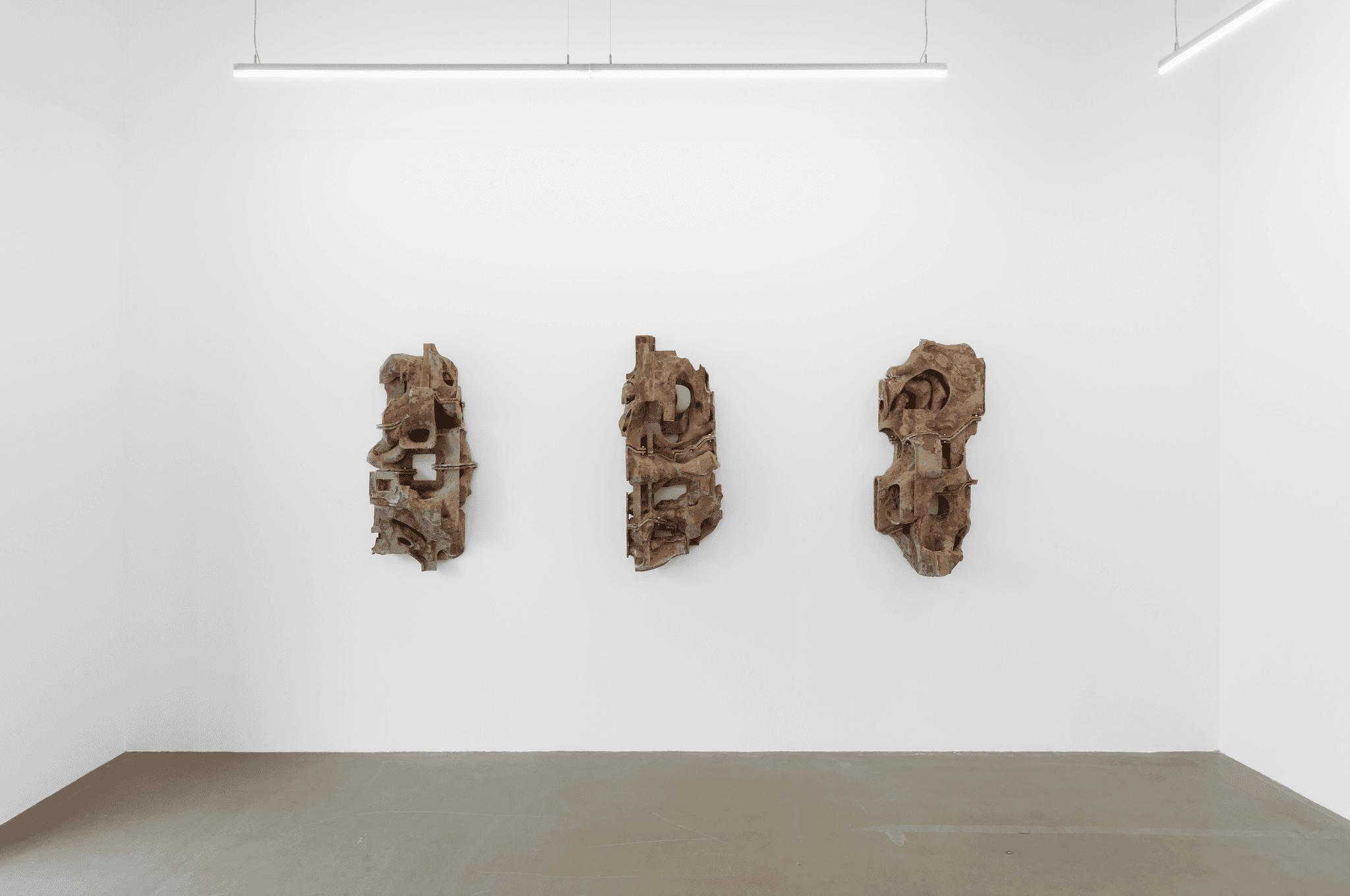
Installation View
Laurence Sturla
Went to Country, 2024
Project Native Informant, London
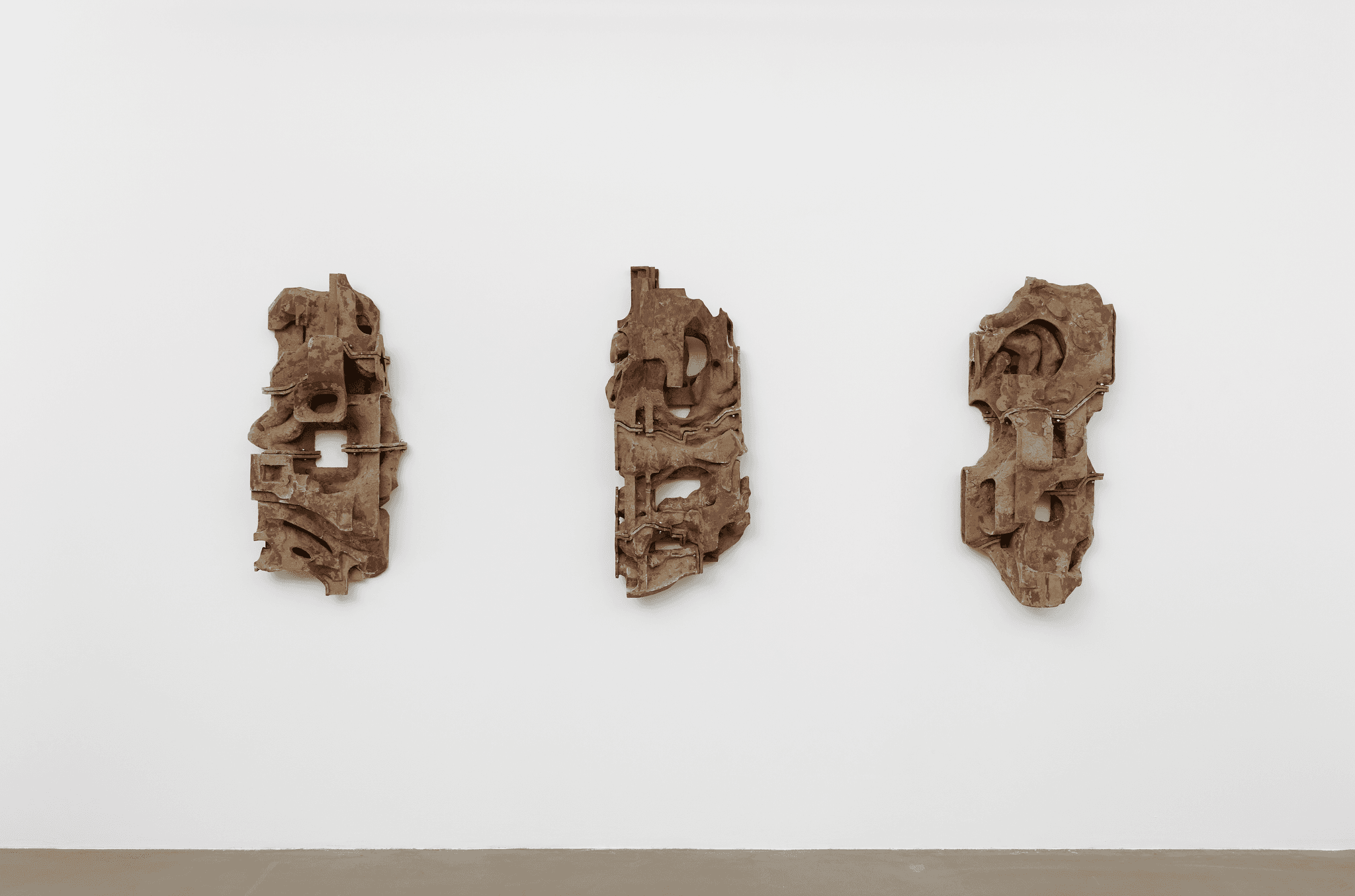
Installation View
Laurence Sturla
Went to Country, 2024
Project Native Informant, London

Laurence Sturla
Went To Country (Matter Rots)
2024
Overfired ceramic, ceramic slurry, steel, salt
110 x 50 x 23 cm (43 1/4 x 19 3/4 x 9 in)
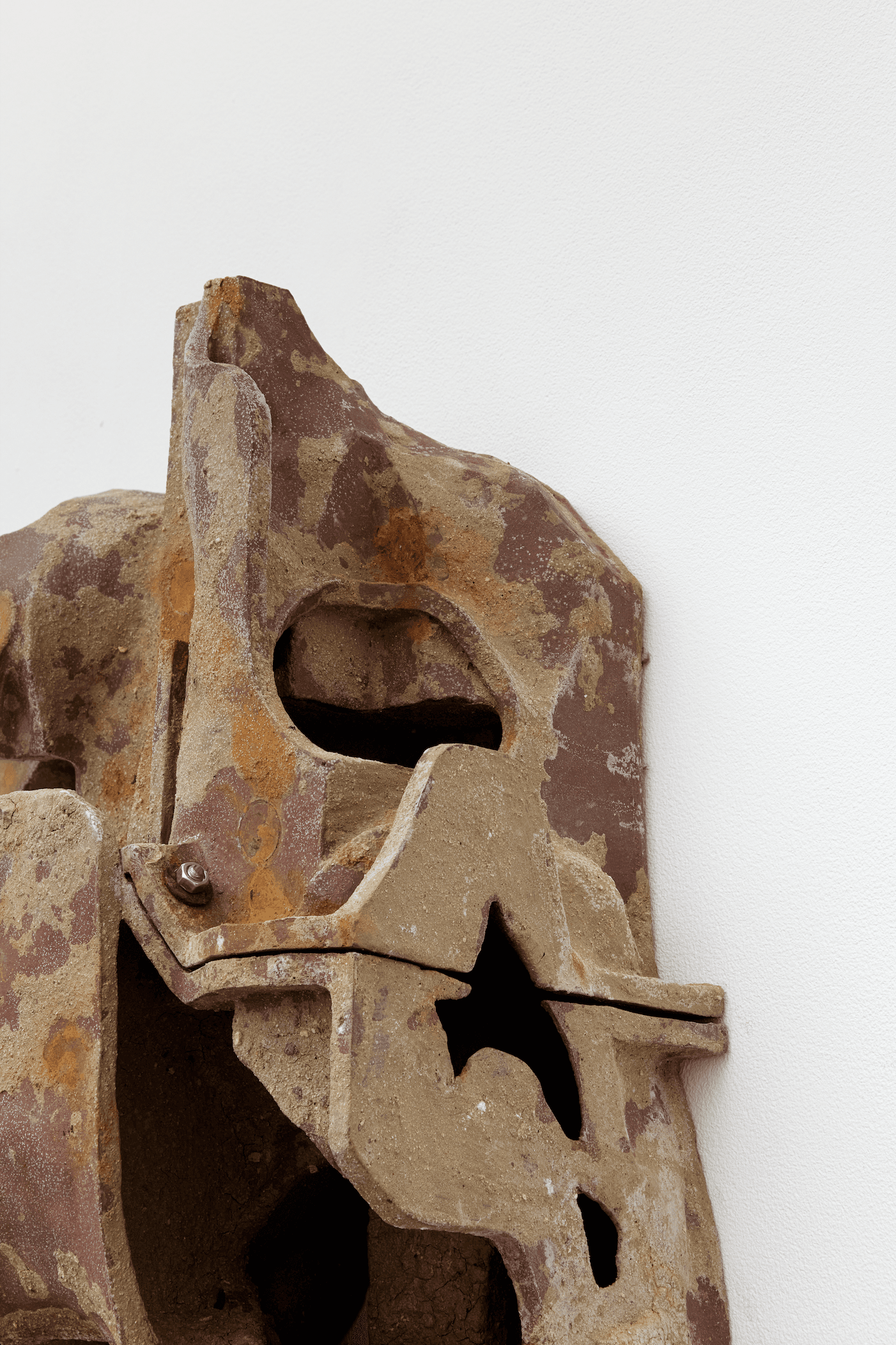
Laurence Sturla
Detail: Went To Country (Matter Rots)
2024
Overfired ceramic, ceramic slurry, steel, salt
110 x 50 x 23 cm (43 1/4 x 19 3/4 x 9 in)
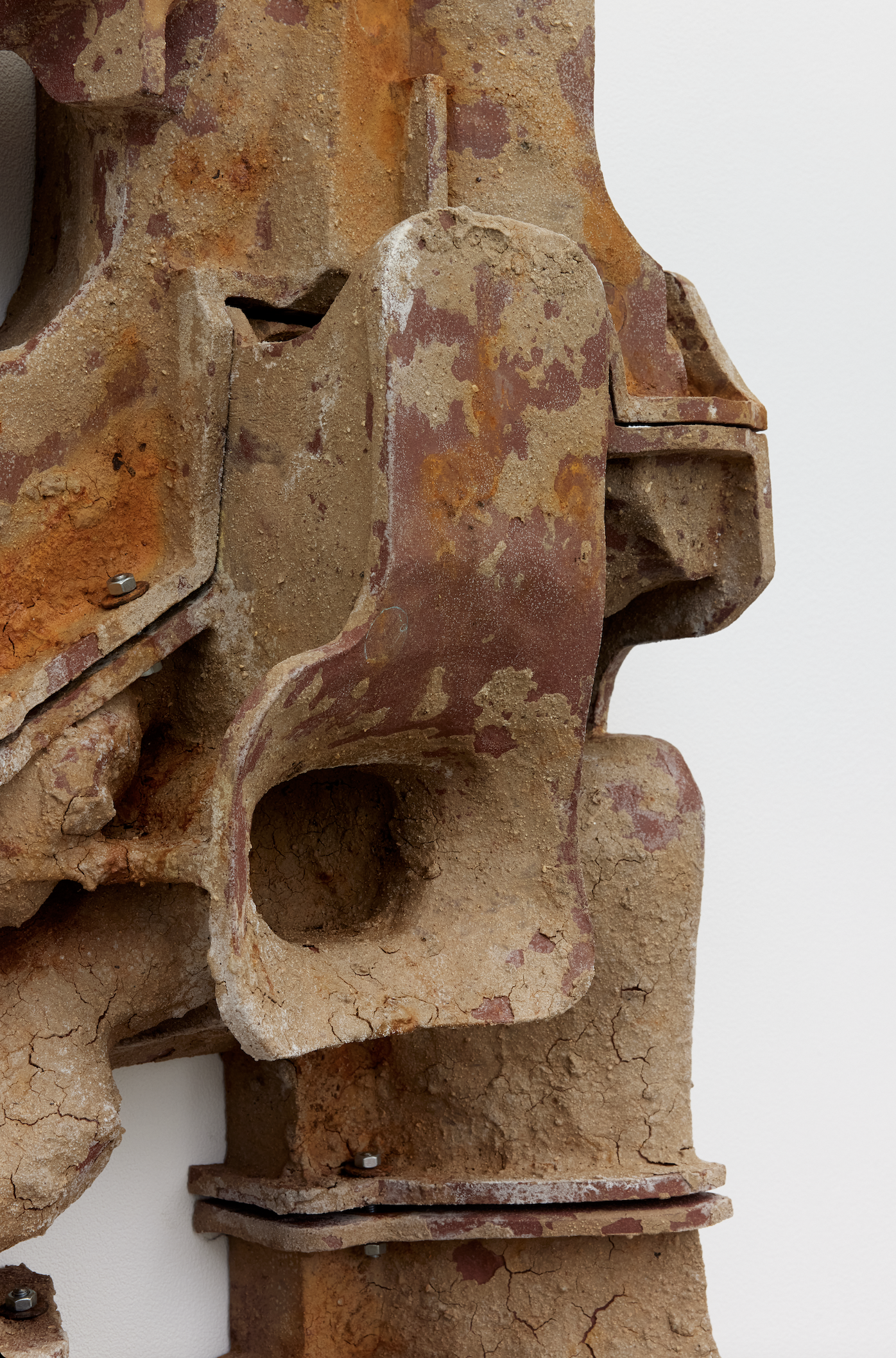
Laurence Sturla
Detail: Went To Country (Matter Rots)
2024
Overfired ceramic, ceramic slurry, steel, salt
110 x 50 x 23 cm (43 1/4 x 19 3/4 x 9 in)
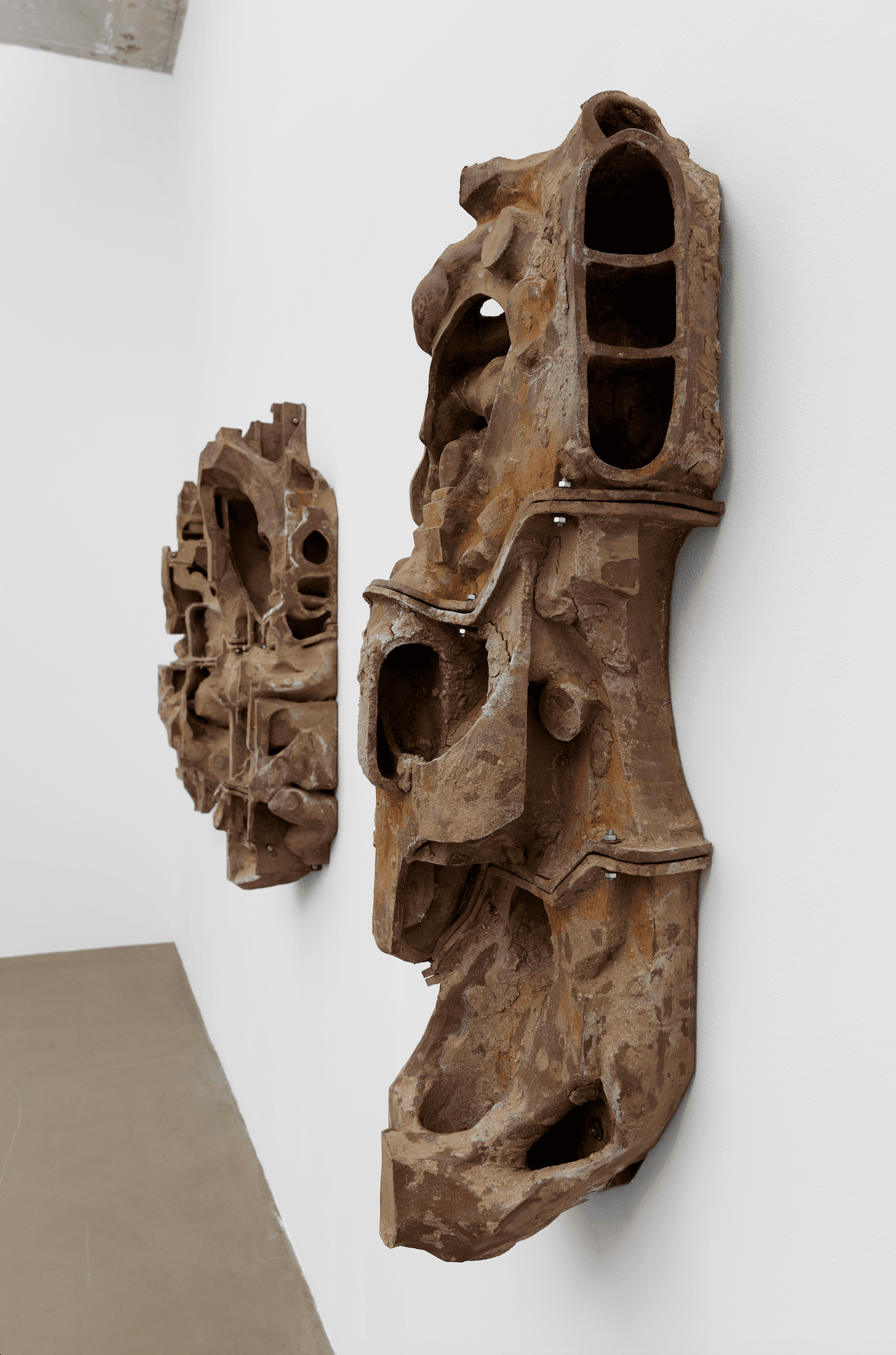
Installation View
Laurence Sturla
Went to Country, 2024
Project Native Informant, London
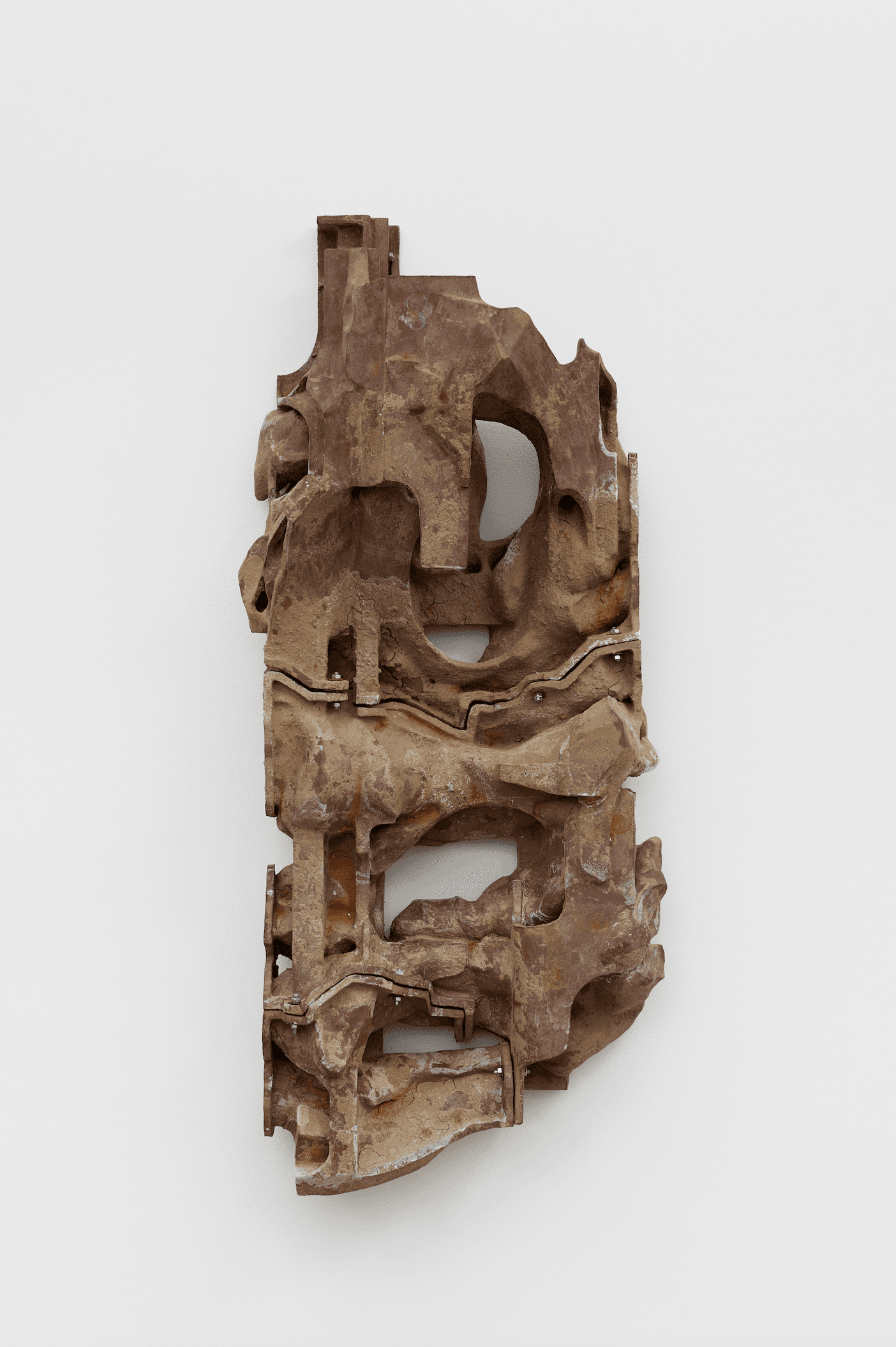
Laurence Sturla
Went To Country (Stone Tapes)
2024
Overfired ceramic, ceramic slurry, steel, salt
110 x 50 x 26 cm (43 1/4 x 19 3/4 x 10 1/4 in)
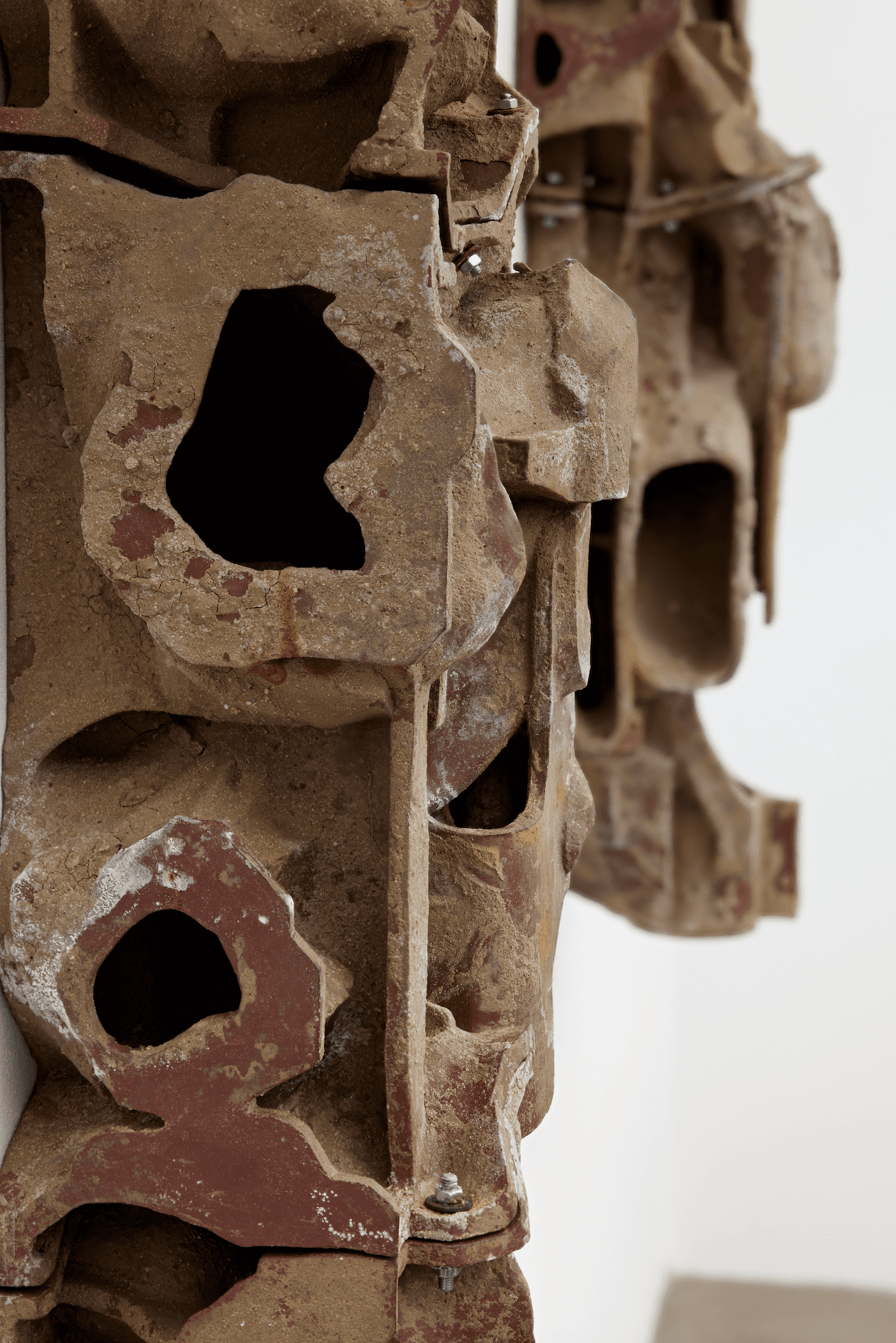
Laurence Sturla
Detail: Went To Country (Stone Tapes)
2024
Overfired ceramic, ceramic slurry, steel, salt
110 x 50 x 26 cm (43 1/4 x 19 3/4 x 10 1/4 in)
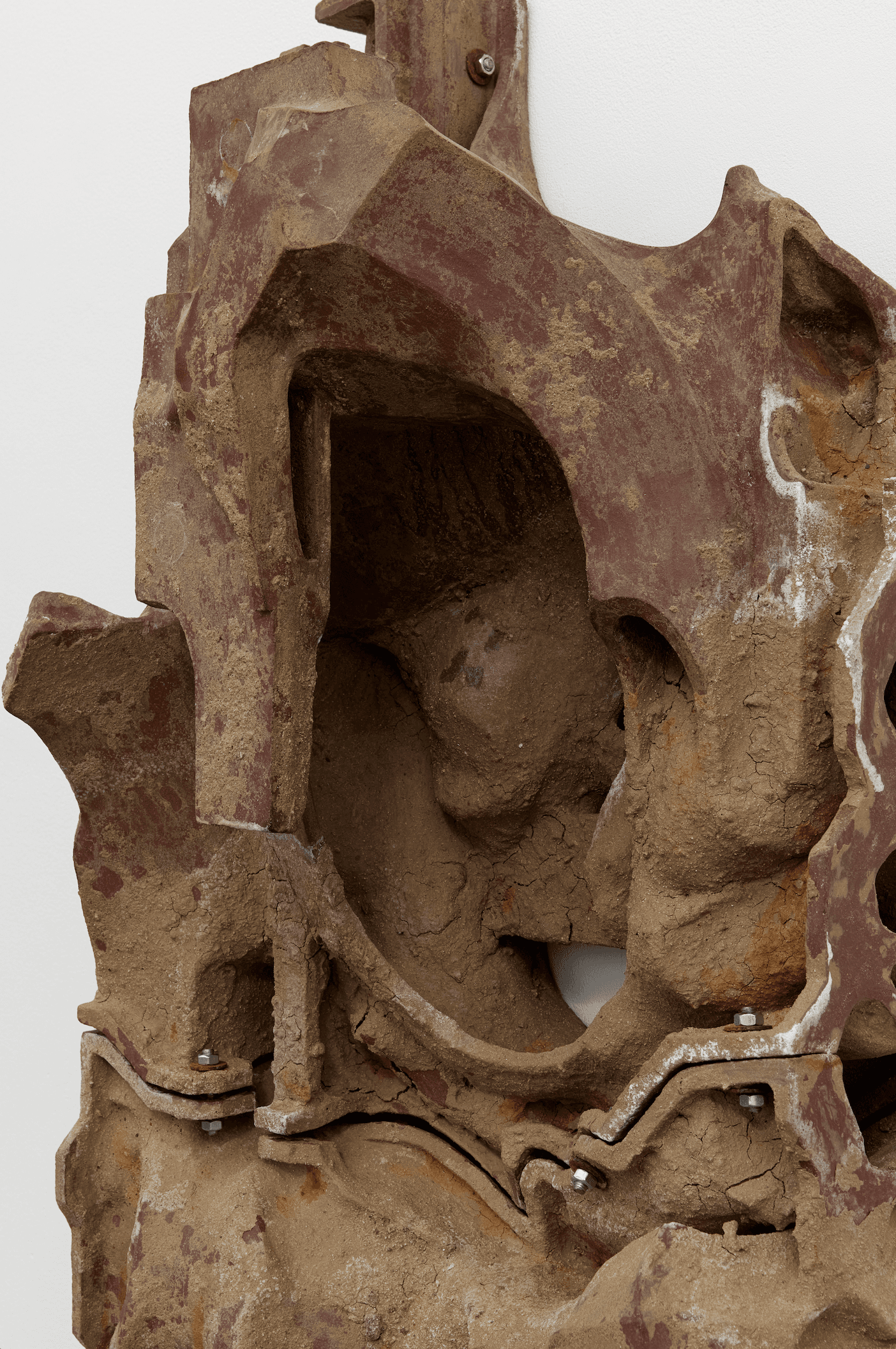
Laurence Sturla
Detail: Went To Country (Stone Tapes)
2024
Overfired ceramic, ceramic slurry, steel, salt
110 x 50 x 26 cm (43 1/4 x 19 3/4 x 10 1/4 in)
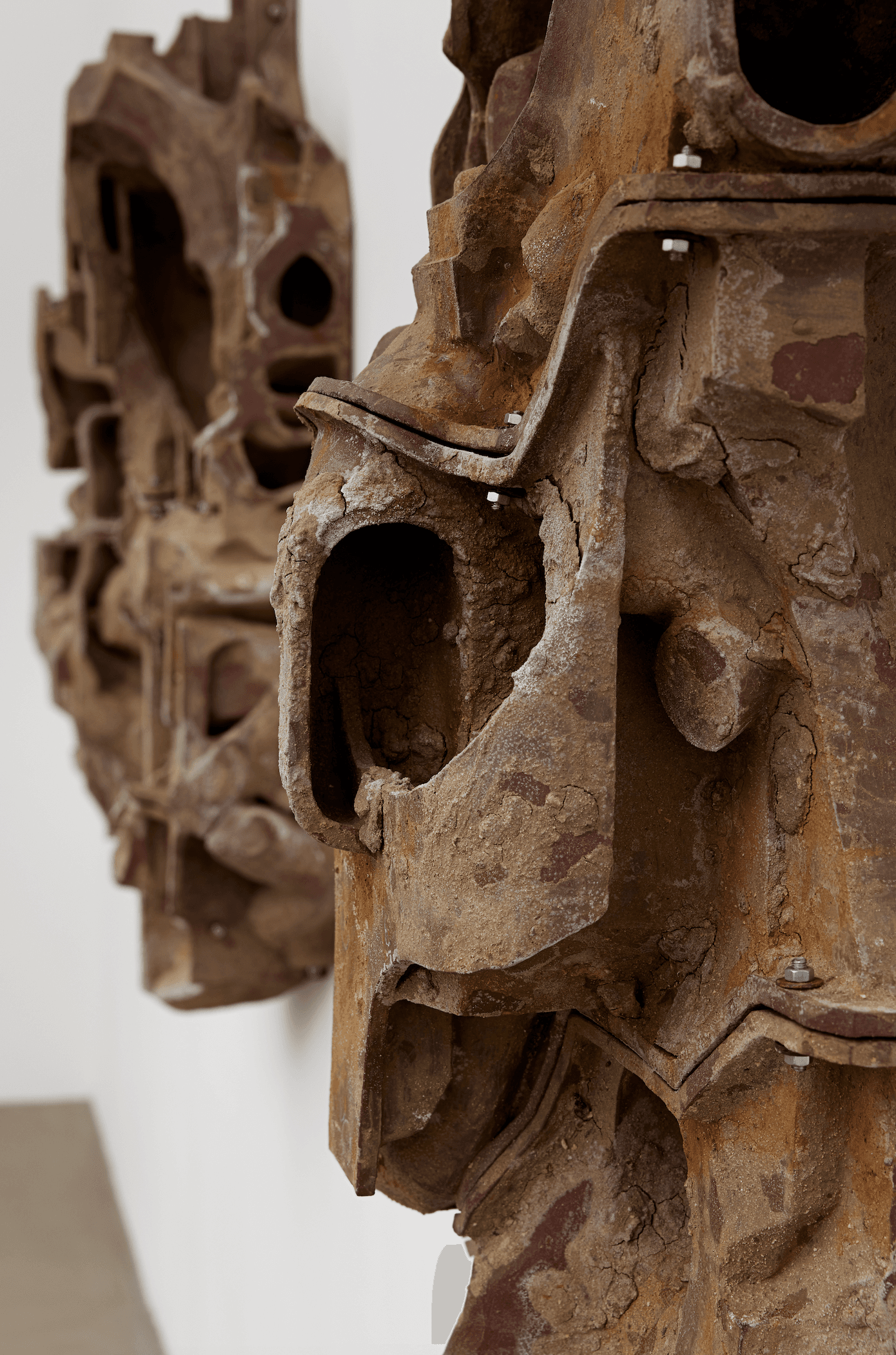
Installation View
Laurence Sturla
Went to Country, 2024
Project Native Informant, London
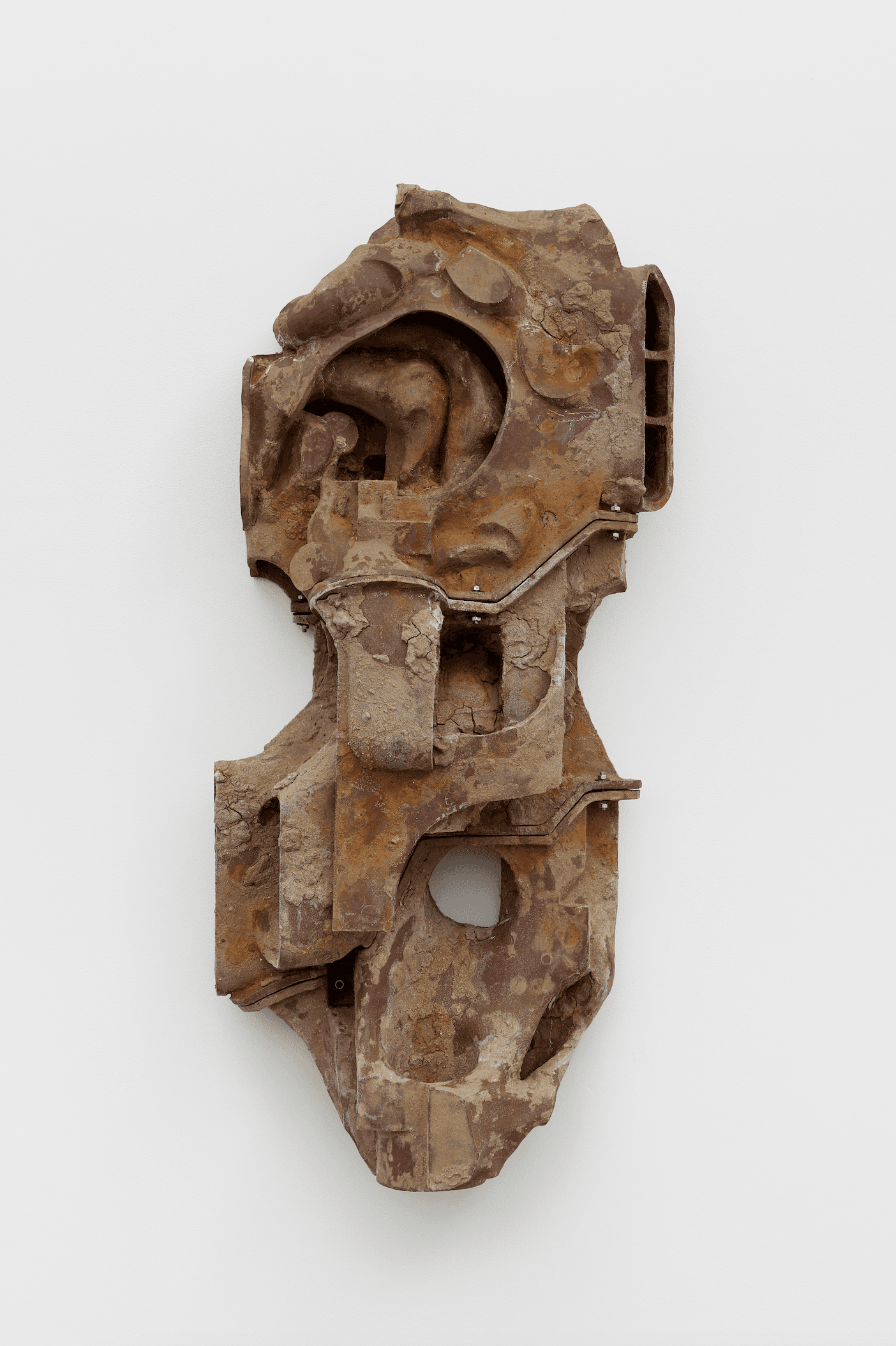
Laurence Sturla
Went To Country (Southsayer)
2024
Overfired ceramic, ceramic slurry, steel, salt
110 x 50 x 28 cm (43 1/4 x 19 3/4 x 11 in)
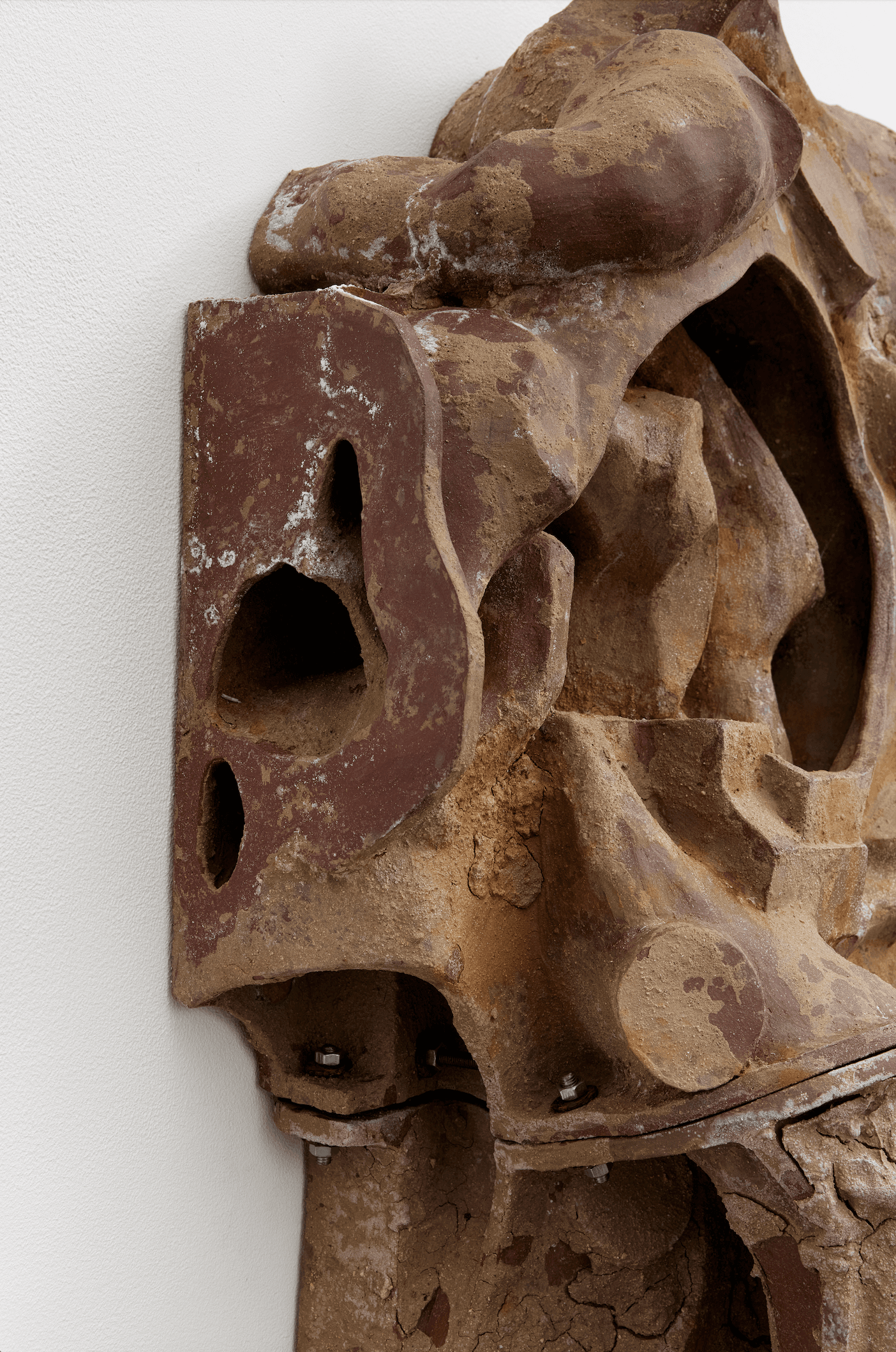
Laurence Sturla
Detail: Went To Country (Southsayer)
2024
Overfired ceramic, ceramic slurry, steel, salt
110 x 50 x 28 cm (43 1/4 x 19 3/4 x 11 in)
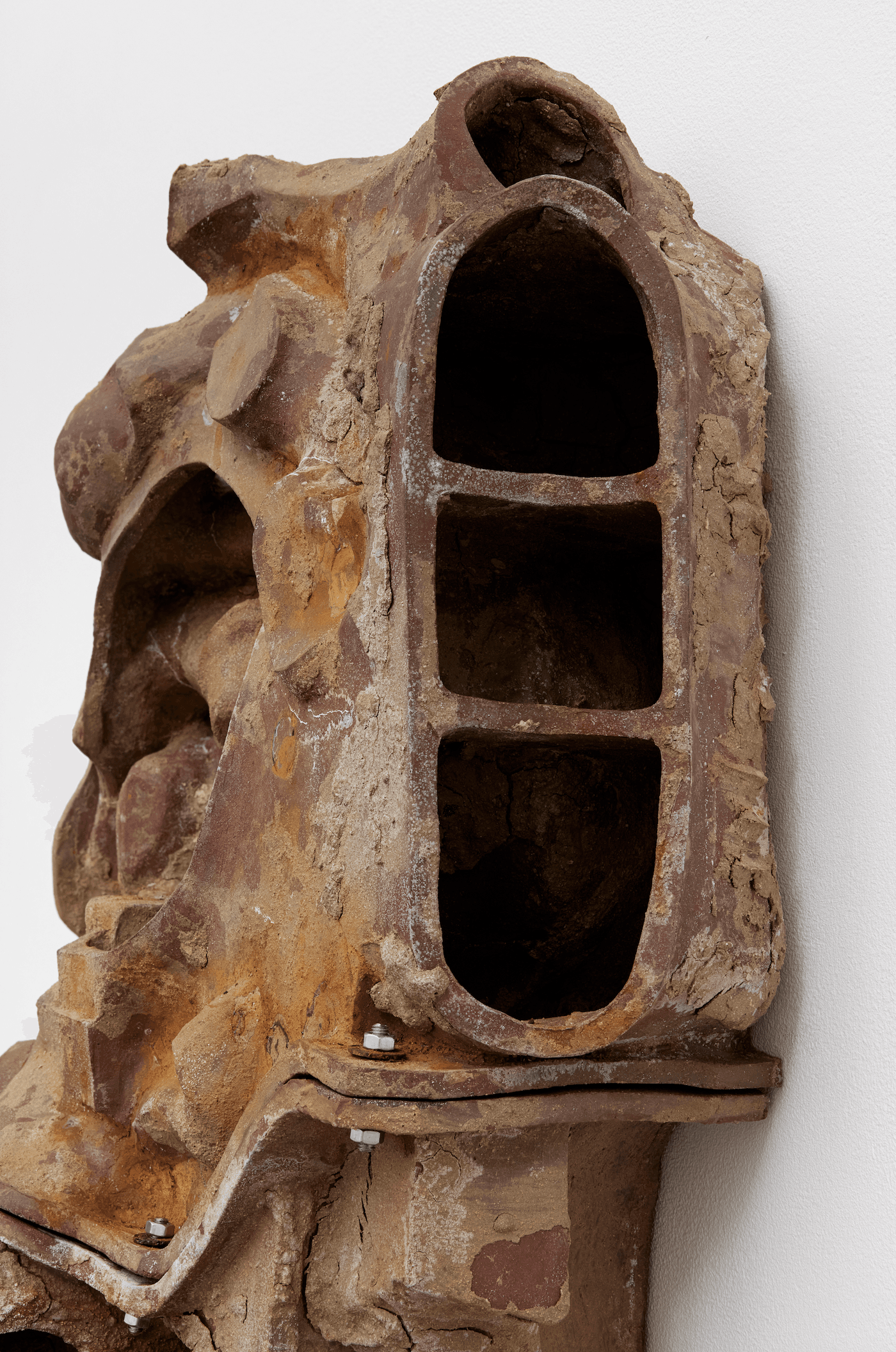
Laurence Sturla
Detail: Went To Country (Southsayer)
2024
Overfired ceramic, ceramic slurry, steel, salt
110 x 50 x 28 cm (43 1/4 x 19 3/4 x 11 in)
"It was on a grey, overcast day in August 1992 that I travelled down to the coast in one of the old diesel trains, grimed with oil and soot up to the windows. ... Through Brundall, Buckenham and Cantley, where, at the end of a straight roadway, a sugar-beet refinery with a belching smokestack sits in a green field like a steamer at a wharf, the line follows the River Yare, till at Reedham it crosses the water and, in a wide curve, enters the vast flatland that stretches southeast down to the sea. Save for the odd solitary cottage there is nothing to be seen but the grass and the rippling reeds, one or two sunken willows, and some ruined conical brick buildings, like relics of an extinct civilisation. These are all that remains of the countless wind pumps and windmills whose white sails revolved over the marshes of Halvergate and all along the coast until in the decades following the First World War, one after the other, they were all shut down. It's hard to imagine now, I was once told by someone who could remember the turning sails in his childhood, that the white flecks of the windmills lit up the landscape just as a tiny highlight brings life to a painted eye. And when those bright little points faded, the whole region, so to speak, faded with them." - W. G. Sebald
In Rings of Saturn, Sebald evokes a narrative of memorialisation, remembrance and historical imagination. He uncovers the past in existing sign posts—desolate buildings and derelict pagodas, unused railroad tracks, once thriving ports in Southeastern England now abandoned and returned to nature, under thickets of forests or “below the sea, beneath alluvial sand and grave.” What no longer exists, Sebald imagines on the landscape based on his research. Far from a modern flaneur, the author possesses a keen eye and voice of an amateur documentarian, spinning stories imprinted and observed in the abstract shapes of the environment, into mythologies steeped in the lost and forgotten. Past and present collapse and flatten, and history appears as contemporary.
Sturla finds fruitful perspective in Rings of Saturn. As with Sebald, the artist begins his process with historical research, creating sculptures which seem to be simultaneously torn from the past, whilst being truthful to their making in the present. These constructed geological fingerprints draw parallels to forms of internally mined exhaustion, using stomachs as a prop from which to speak through the breakdown of memory, of materials digesting and consuming themselves; as a substance, history, is reduced down and down and down to ashes, to rust, to slurry. A salted line gives the impression of a tide, a repeated act that leaves its mark, whilst washing away its previous histories. Littered with traces of its partially digested material, the sculpted surfaces coated with ceramic slurry dissolve, broken down before the firing brings out its crust, burnt and blistered. Rust bleeds, and metallic traces sit within the salted lines, copper rings, tooling marks, bodily references of possessed landscapes which now sit frozen in the salt.
For his first solo exhibition at Project Native Informant - Went to Country - Sturla has produced three wall sculptures, stemming from what could be imagined as a single source, as if they are cut, dismembered, unbolted or in a state of repair. Each work appears to be viewed through the lens of a post-mortem, displaying contents of a metaphorical belly - an exhausted landscape of a body: bolts akin to medical pins, portholes resembling fistulas. Side structures point to the surgically cut innards that track the geography around a quarry, diving deeper into the internal bowels that make up a clay cavern.
The term ‘went to country’ comes from the area known as clay country, St Austall, where large amounts of china clay have been mined for generations, drastically changing the landscape and the surrounding communities. On rainy days, mined clay deposits would overflow, staining the rivers and the landscape with the runoff. The clay has seemingly returned back to its source, a push and pull, a cycle loop, of the past and the present, of process and material, of object hood and the self.
Laurence Sturla (b. 1992, based in Vienna) recent and upcoming exhibitions include The Purloined Masterpiece. Images as Time Machines, Gemäldegalerie, Akademie der Bildenden Künste, Academy of Fine Art, Vienna; Staying with the Trouble, Carbon12, Dubai (2022); Stone Dreams, Loggialoggialoggia, Munich; PK // K, Haus Wien, Vienna; Drawings, Gianni Manhattan, Vienna (2021); NOI, Museion, Bolzano (2019). Sturla teaches ceramics at the Kunstuniversität Lin